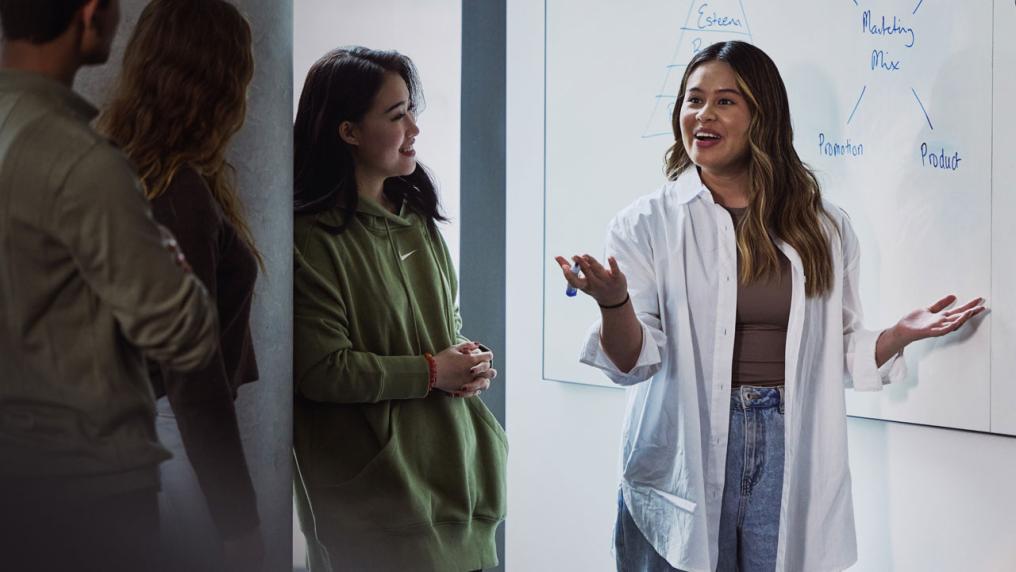VU Block Model




Feel confident and engaged in your studies with our unique VU Block Model®.
Study one subject at a time, learn in interactive, workshop-style classes, and be supported to reach your full potential.
Victoria University (VU) is the first university in Australia – and the largest in the world – to deliver courses through this innovative teaching model, inspired by similar successful models across North America and Europe.
This mode of study is also available for our postgraduate courses, which are delivered in a mixture of four-week and eight-week blocks, depending on the course.
PhD courses and masters by research are not taught in block mode.
A more engaging way to study
- Enjoy more flexibility with a focused timetable of three-hour classes, three days a week – making it easier to balance work, family and everything else that matters in life.
- Learn in interactive classes where you can apply your skills to real-world scenarios and really get to know your teachers, classmates and our industry partners.
- Get real-time feedback on assessments. You’ll typically finish a block on a Friday and receive your results the following Monday, so you can feel confident moving on to the next subject.
- Fast-track your studies with optional summer or winter blocks, or take a block off when life demands a break.
Our VU Block Model® explained
At most universities, you would usually study four subjects at the same time, similar to high school.
With the VU Block Model®, you study one subject at a time, in four-week blocks (or eight-week blocks for some postgraduate courses). That means you can focus your efforts, master your skills, and receive real-time feedback before moving on to the next subject.
Modes of delivery
Studying in the VU Block Model® means your study mode of delivery will be organised in one of the following ways, depending on your course.
Frequently asked questions (FAQ) about the VU Block Model®
